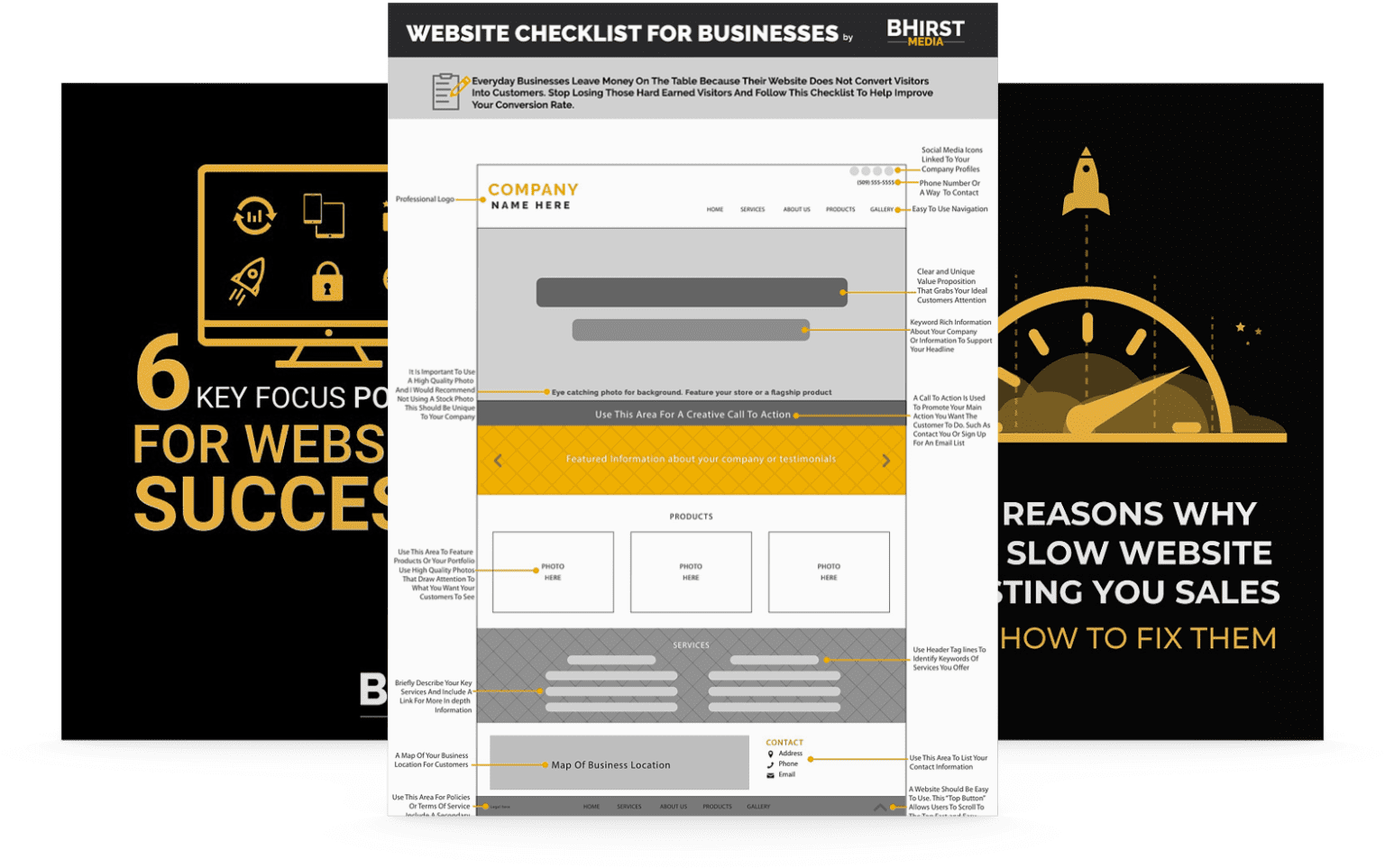
Effective email promotions do more than just sell; they forge connections, cultivate relationships, and build anticipation. Here are key strategies to master the art of email marketing:
Effective email promotions blend strategy with authenticity, engaging your audience and driving conversions. In the following sections, we’ll dive deeper into email marketing techniques, perfect sequencing, and maintaining a high-performing email list for sustained success.
Creating an effective email promotion is akin to crafting a suspenseful narrative. Just as captivating stories keep readers engrossed, well-executed email promotions generate anticipation, engage audiences, and inspire action. Yet, with crowded inboxes, how can your messages capture attention, maintain subscriber interest, and cultivate trust and excitement?
The key lies not just in content but in delivery. Engaging email promotions transcend standard sales pitches, focusing on connection, value, and strategic techniques to cultivate curiosity and trust. Whether promoting limited-time offers, exclusive content, or multi-email sequences, effective strategies elevate standard emails into compelling experiences.
Let’s explore proven email marketing tactics, from building anticipation and optimizing timing to crafting irresistible subject lines and nurturing subscriber relationships through storytelling. Beyond generic strategies applicable across industries, insights will be tailored for diverse fields such as healthcare (appointment reminders, wellness tips), finance (investment updates, fraud alerts), and education (course announcements, learning resources).
Generating anticipation for your email promotions starts with the subject line. While phrases like “Get Ready for Something Special!” can pique interest, truly compelling subject lines require personalization and psychological triggers. For instance, using a subscriber’s name or offering a time-sensitive deal triggers urgency and relevance – powerful motivators. According to Experian, personalized subject lines can increase unique open rates by up to 26%.
Balancing urgency with authenticity is crucial. An email with the subject “Don’t miss this limited offer, Allison!” might seem disconnected if Allison hasn’t made a recent purchase. Consider how camera retailer Henry’s achieved a 12% sales increase during a flash sale by using personalized subject lines like “Your camera awaits, Alex!” This fostered connection and anticipation.
Beyond retail, these principles apply universally. In healthcare, a subject line like “[Patient Name], your annual check-up reminder” personalizes the message and emphasizes urgency. In finance, “[Name], exclusive insights on your portfolio” creates anticipation for valuable information.

The visual aspect of an email is as critical as its content. A visually compelling email captures attention and sets the tone for the promotion. Fashion brand ASOS uses high-resolution images and minimalistic design to showcase product quality, ensuring their emails stand out.
Compelling design supports the promotion’s goal. Online retailer Everlane integrates its brand identity into every email for instant recognition. Their emails exemplify visual storytelling, where design serves as a narrative device. Incorporating interactive elements like animations can boost engagement, as seen in Spotify’s email campaign featuring clickable playlists, which resulted in a 15% increase in user interaction.
These visual strategies are effective across industries. In education, visually appealing course announcements with clear calls-to-action can boost enrollment. In finance, infographics summarizing market trends can enhance engagement among investors.
Progressive disclosure involves revealing information gradually, creating a narrative that keeps subscribers engaged. Think of it as a TV show that uses cliffhangers to draw viewers in. Patagonia employed this approach by sending a series of emails hinting at an upcoming product launch, each more intriguing than the last, fostering subscriber involvement and anticipation.
Wired magazine unveiled their cover story over multiple emails, each providing more information. This strategy increases engagement as subscribers feel invested in the unfolding narrative. By aligning with the customer’s journey, it fosters loyalty, encouraging subscribers to anticipate the next installment.
This technique extends beyond consumer marketing. Healthcare providers can use progressive disclosure to educate patients about new treatments or wellness programs. Finance firms can reveal investment strategies step-by-step to build client confidence.

Timing can make or break your email strategy, encompassing both when and how frequently you send emails. The online bookstore “Hidden Gems” found that sending promotional emails on Wednesdays at 11 AM resulted in the highest open rates, as their audience was most active post-weekend and pre-lunch. This timing cultivated anticipation among subscribers.
Frequency is equally critical. Excessive emails can lead to unsubscribes or ignored communications. A monthly newsletter might suit a restaurant sending special offers, whereas a daily deal site sends multiple emails daily, aligning with their audience’s bargain-hunting expectations.
Optimal timing varies across industries. Healthcare providers might send appointment reminders a few days in advance, while financial institutions might send market updates at the start of each week. Educational institutions may send course announcements based on academic calendars.
Effective email promotions require mastering the art of connecting with your audience and creating anticipation. From crafting irresistible subject lines and designing captivating visuals to strategically timing your emails and building excitement through progressive disclosure, each element works synergistically to engage readers and foster long-term loyalty. However, looking forward, businesses must integrate new technologies to maintain their competitive edge. Personalized AI-driven content, behavioral analytics that anticipate customer needs, and automated email workflows will define the future of email marketing.
Looking ahead, businesses that embrace adaptable strategies and data-driven decision-making will lead in an increasingly competitive landscape. The real question isn’t if you’ll adopt these advancements—but how effectively you’ll use them to gain a competitive edge through emerging technologies, customer-first innovation, and operational agility. This transformation turns the standard promotional email into a personalized experience, anticipating subscriber needs and fostering lasting connections.
